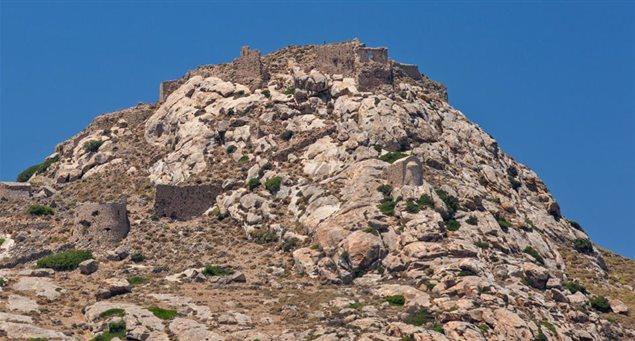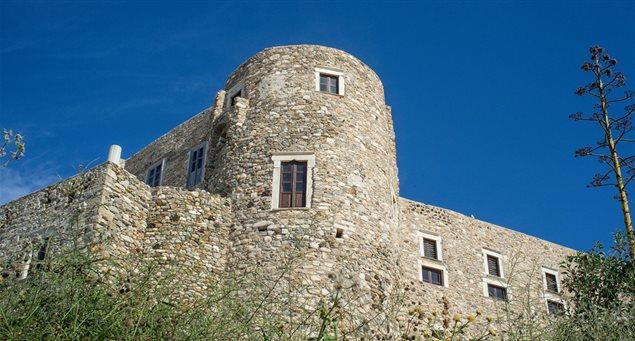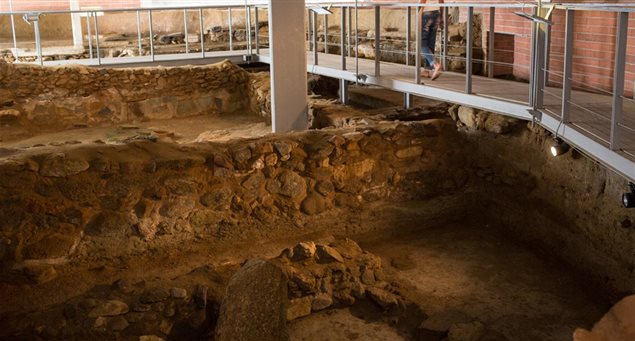
Many scholars consider that the center of Naxos during Byzantine times was in the area of Apano Kastro/Tragea/Aperathou and in the broader district of Sagri/Kastro t’Apalirou, stretching as far asAgiassos bay.
The Sagri valley, with the many and noteworthy churches, has been described as “Little Mystras” –an analogy with the Byzantine citadel in the southern Peloponnese, in the midst of farming countryside.
Kastro t’Apalirou, built in the 7th century, controlled not only extensive farming areas of the island but also the sea area among Naxos, Paros and Ios which, most likely, was part of the route from Crete to Constantinople.
Its construction coincides with the difficult period set by a cutoff in sea communications between the eastern and the western Mediterranean, the first Arab incursions and the end of the monopoly for Byzantine traders, and is seen as part of the broader efforts of the Empire to buttress the defensive capability of the Aegean islands.
The 7th, 8th and 9th centuries were key for the future development of Naxos. In 727, the navy of the provinces of mainland Greece and the Cycladic islands rebelled against Emperor Leon III Isavros, laid siege to the Constantinople but this was thwarted. Scholars differ on the causes of this rebellion but the participation of the Cyclades in it suggests considerable administrative and economic clout.
Naxos, indeed, held a prominent position in the administration of the Empire –accompanied by economic prosperity- in the so-called “dark centuries” of Byzantium (7th-9th).
Its participation in the Iconoclastic movement that was hostile to icons (8th and 9th centuries) probably reflected an administrative restructuring of the island, in the framework of reforms pursued by the Isavri dynasty.
The restructuring brought changes in the local society: new state services were created and foreign soldier-farmers were installed on the land.
About 500 churches –of all architectural styles- and fortified monasteries indicate that on this island, which pioneered the development of the plastic arts in prehistoric times, people continued during Byzantine times to seek new forms of expressing their inner selves in architecture and iconography.
Ancient temples were converted into paleo-Christian basilicas, such as Agios Ioannis at Gyroulas, Sagri. Also, many churches feature successive construction phases which begin in the early Christian centuries, such as Panagia Protothroni in Chalki, Panagia Drossiani in Moni and Christ Photodotis in Danakos.
And because cultural activity in Byzantium did not end with the two falls of Constantinople, in 1204 and 1453, and continued throughout the Greek-speaking areas, Naxos also has important, so-called, post-Byzantine monuments.




